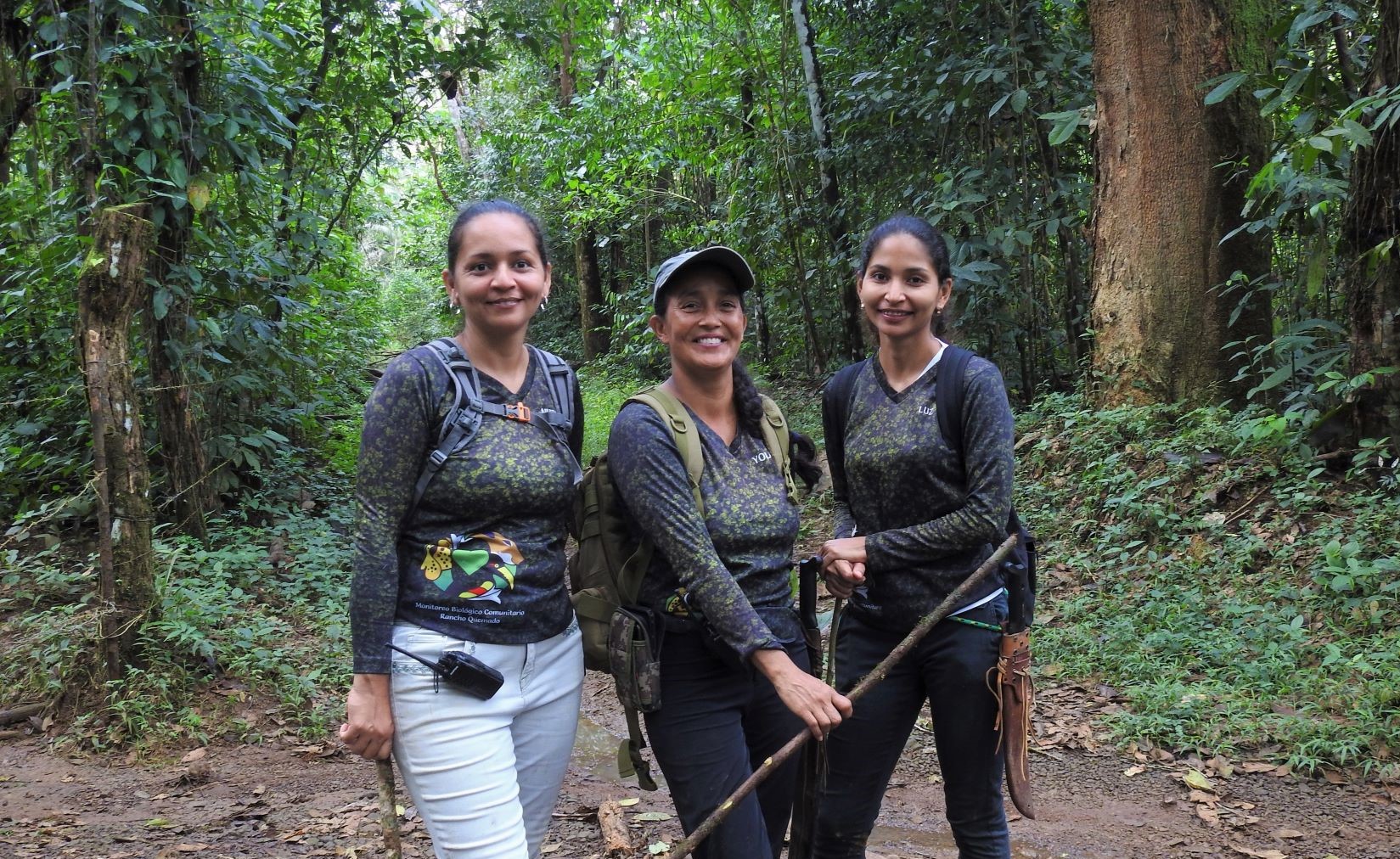
For all the hard work and dedication that these women conservation leaders have put forth, I want to showcase them and their tireless work both with Osa Birds and in support of their community of Rancho Quemado. From left to right, Nuria Ureña, Yolanda Rodriguez and Luz Ureña, have been working tirelessly alongside the Biological Monitoring Group to run and grow the Quira Nursery, a native plants nursery established in 2019 with the support of Osa Birds and the Primer Canje por Naturaleza (Debt for Nature Swap). The trees are all endemic to the region, many of which are also threatened from over-logging and deforestation. In the original Nature Swap project we were able to not only build the nursery but also train the staff in plant cultivation and nursery maintenance plus reforest over 50 hectares in the process.
Since its opening, the nursery has doubled in size both in the number of out-buildings and inventory of native trees and native flowering plants. Today 2022 the nursery is bigger than ever and these women are now an integral part of restoring hundreds of hectares in and around the community and Osa region. Osa Birds is headed up to the San Juan de Sierpe area to restore large plots of land with the support of the Quira Nursery in Rancho Quemado, the idea being to purchase trees and plants from them for our current and future projects which brings income to the nursery and keeps people employed. Of course, we are not the only people supporting the nursery! The Quira Nursery is now a go-to nursery for many businesses, organizations and individuals wanting a diversity of trees and plants to choose from.
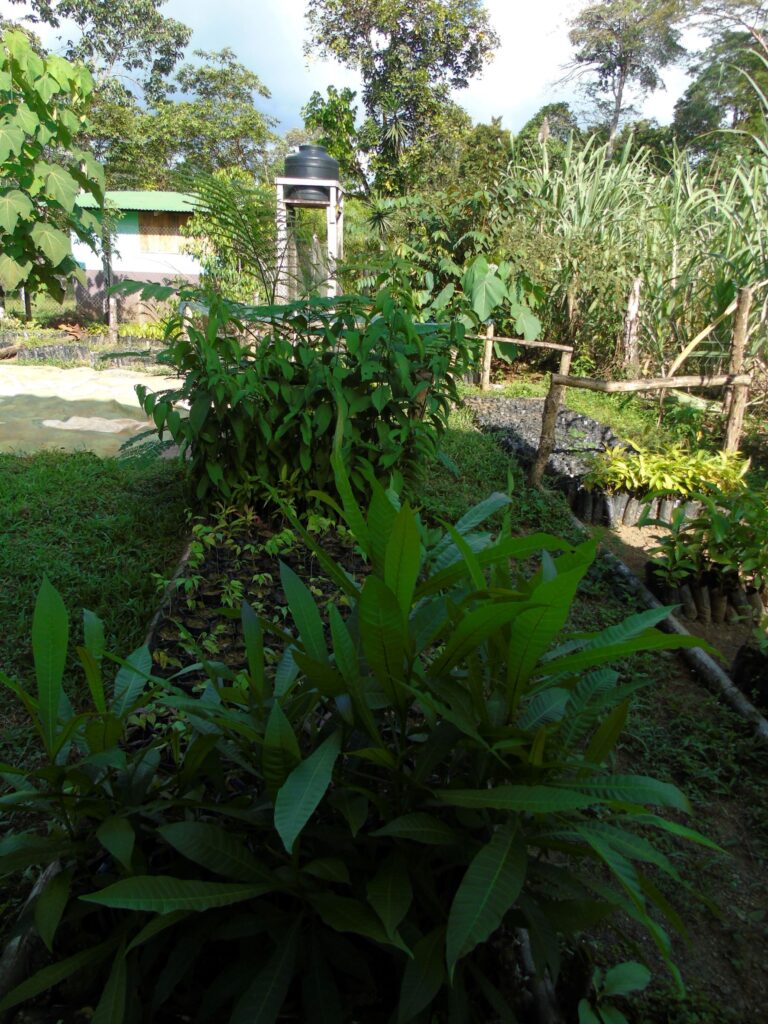
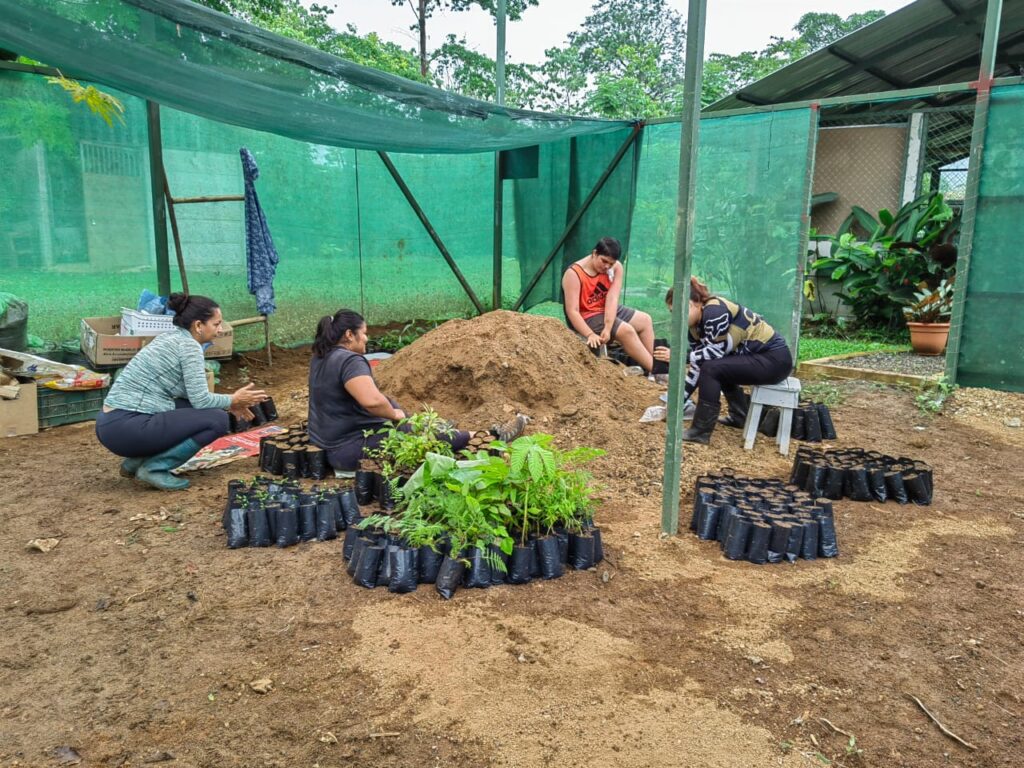
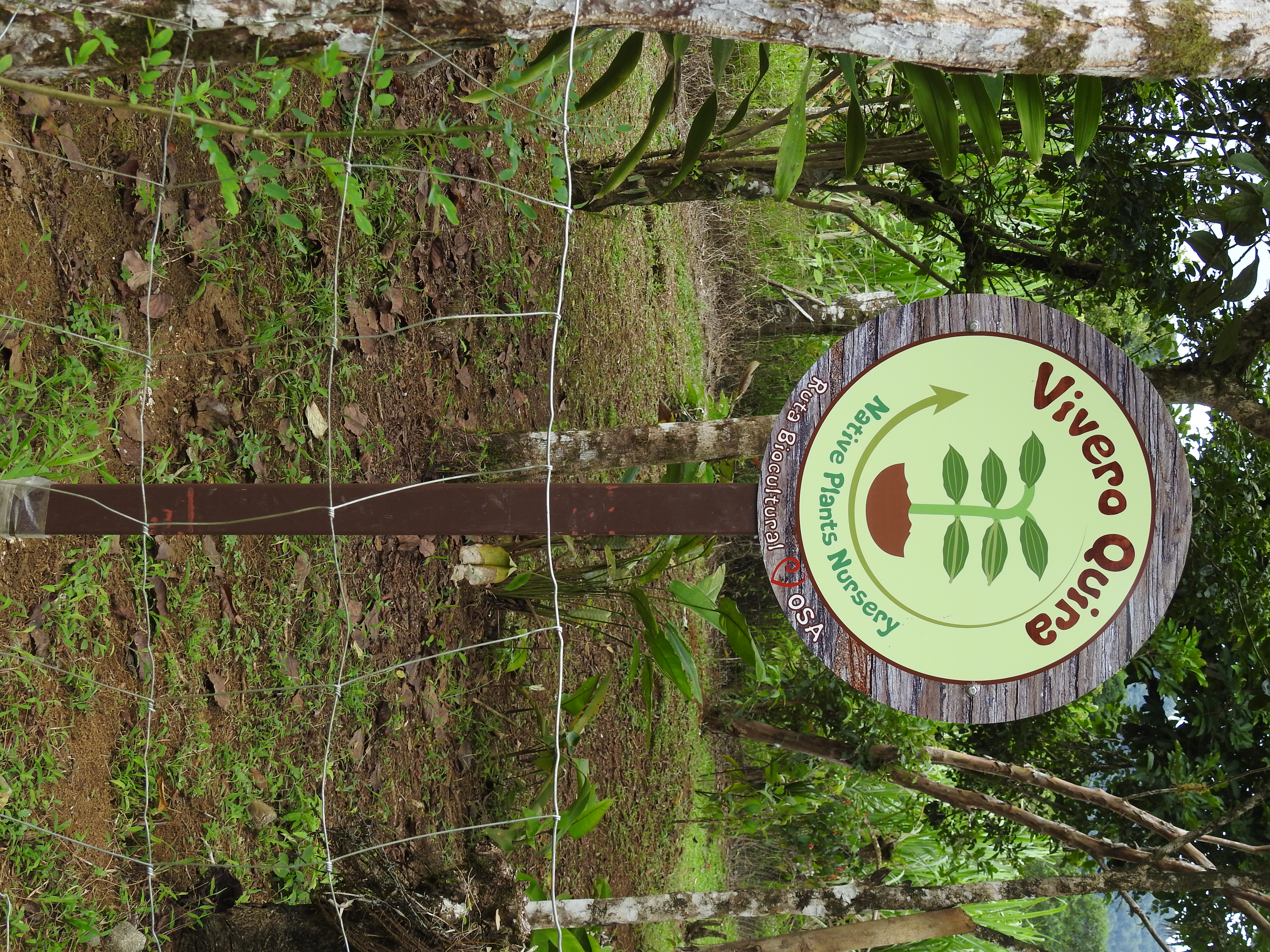
The work of these women conservation leaders doesn’t end here. Luz, Nuria and Yolanda are the team running the MoSI bird banding stations (below) in Rancho Quemado. MoSI stands for Monitoreo de Supervivencia Invernal, a program of the Institute for Bird Populations which is a network of bird banding stations all across Latin America originally focusing on banding Neotropical migratory birds to understand population size and survivorship of migrants, but now is putting 100% attention on all birds, resident and migrants. Osa Birds now has 4 new stations, 2 in Rancho Quemado and 2 in Dos Brazos. These ladies have just finished a two-year training in bird banding techniques and ethics and are scheduled to begin a third season this December 2022. Their skill set is amazing and their contribution to monitoring birds through mist-netting and banding is incredible. We are so proud of them! Learn more about MoSI!
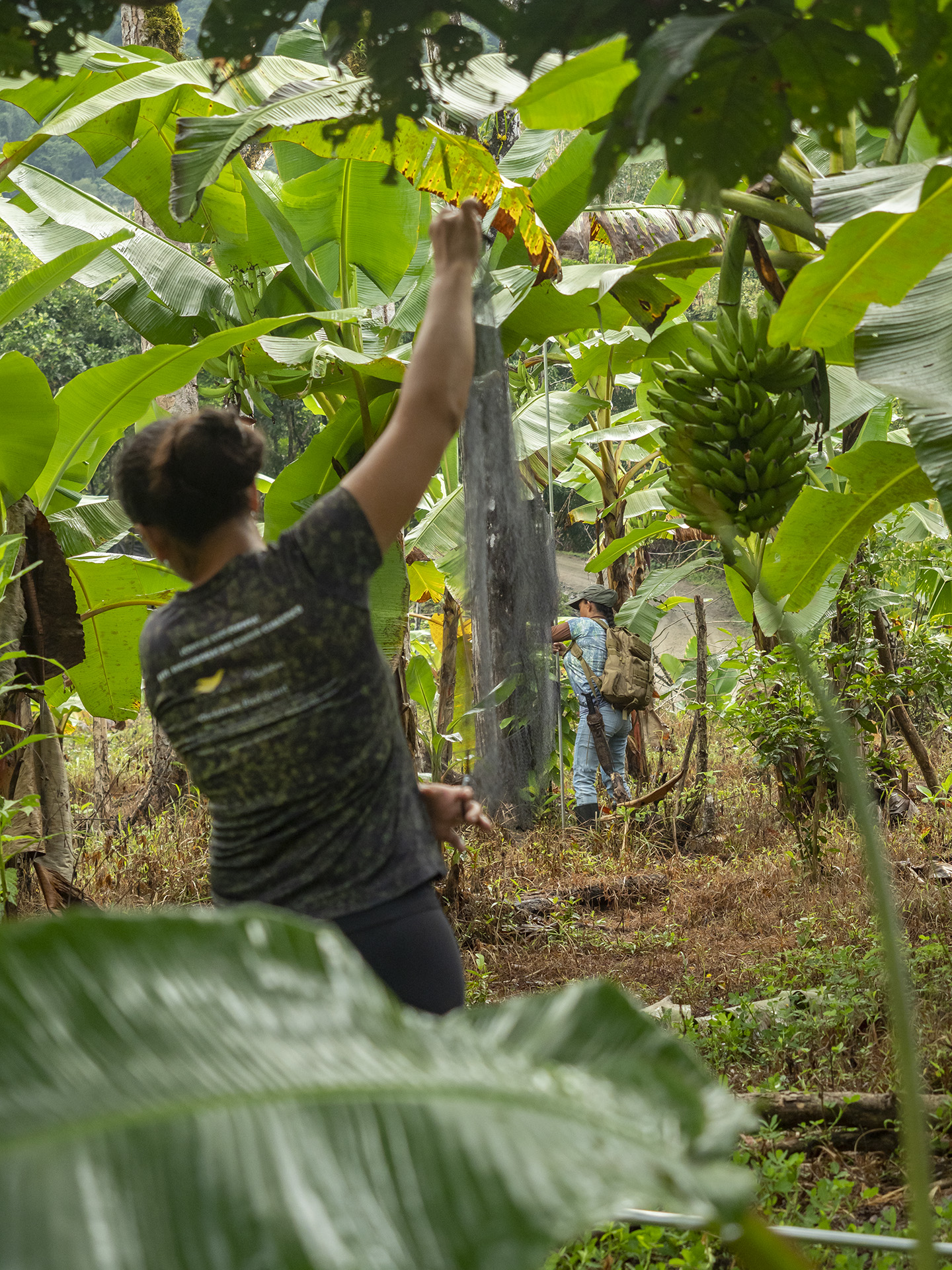
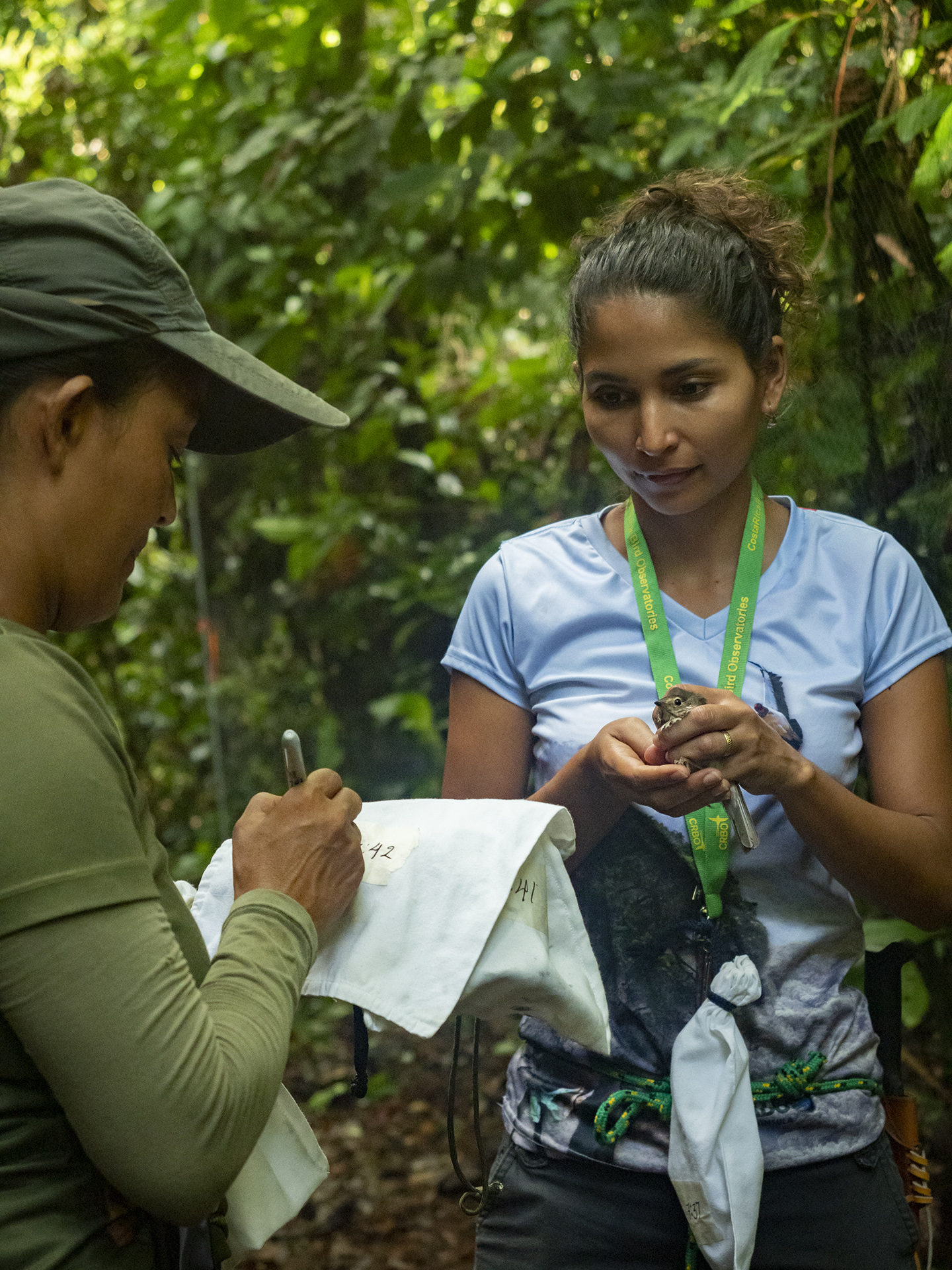
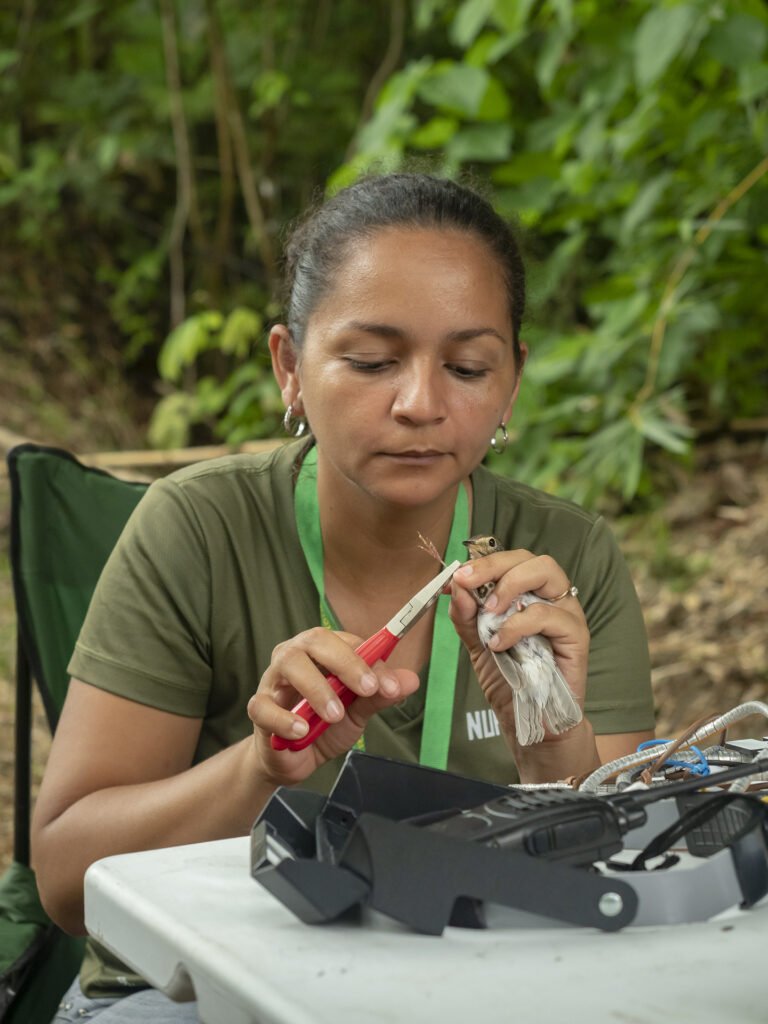
These women are also part of Osa Birds community research team. They are not only monitoring birds which they have been doing since 2015, they are now conducting field research. They just finished a field season looking at nest predation of the Osa endemic endangered Black-cheeked Ant-Tanager (below) using trail cameras. It took a lot of hard work on their part to find 6 active nests and to return to each nest every 3 days to check on nest success or failure (and to switch out SD cards and batteries) with a true excitement to learn more about this species bird! Learn more about the BCAT project here.
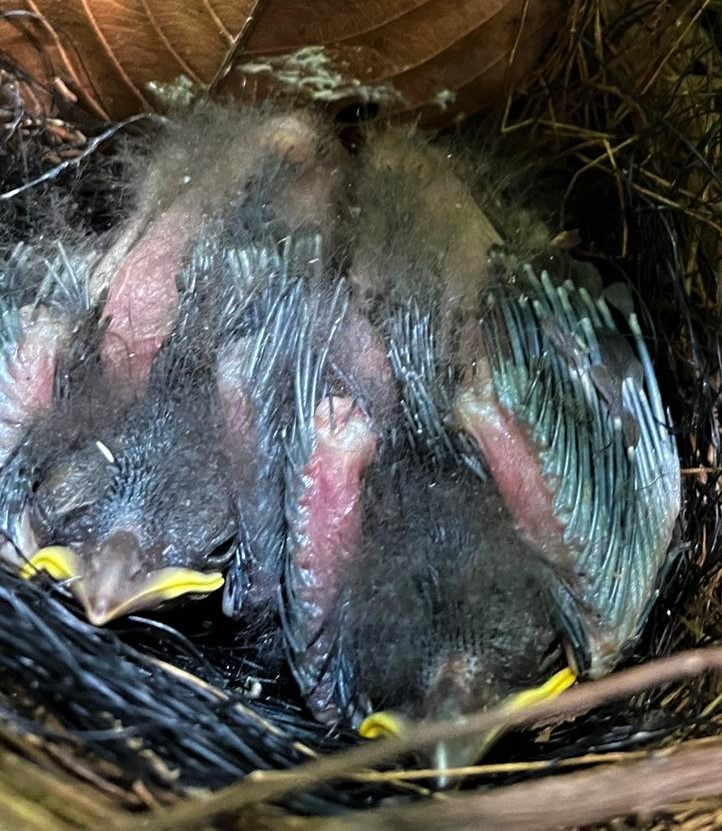
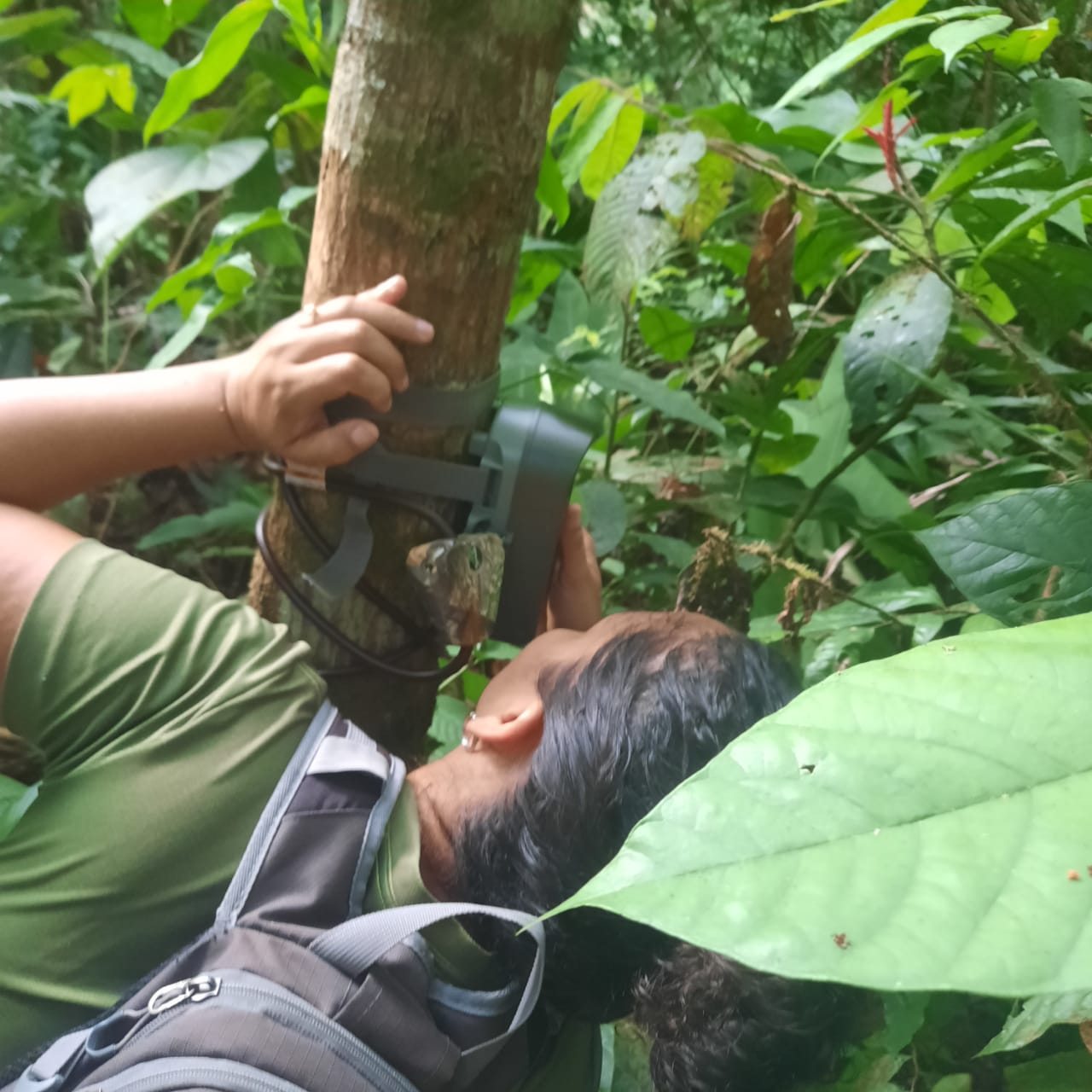

If that weren’t enough, these ladies along with their families, the Biological Monitoring Group and many other community members regularly spend 24/7 monitoring and literally taking care of the White-lipped Peccary (Chancho de Monte) as they move through Rancho Quemado, The peccary is a threatened species that has been hunted and persecuted for many years and also happens to be an important food source for jaguars. This is all volunteer time. While it isn’t an Osa Birds project, it is a Rancho Quemado labor of love to protect these peccaries from further hunting and population reduction.
I can’t say enough about these ladies and their continued tenacity and love of their natural history, the flora and fauna of their home and their commitment to conservation. We look forward to working with them for many years to come!!
